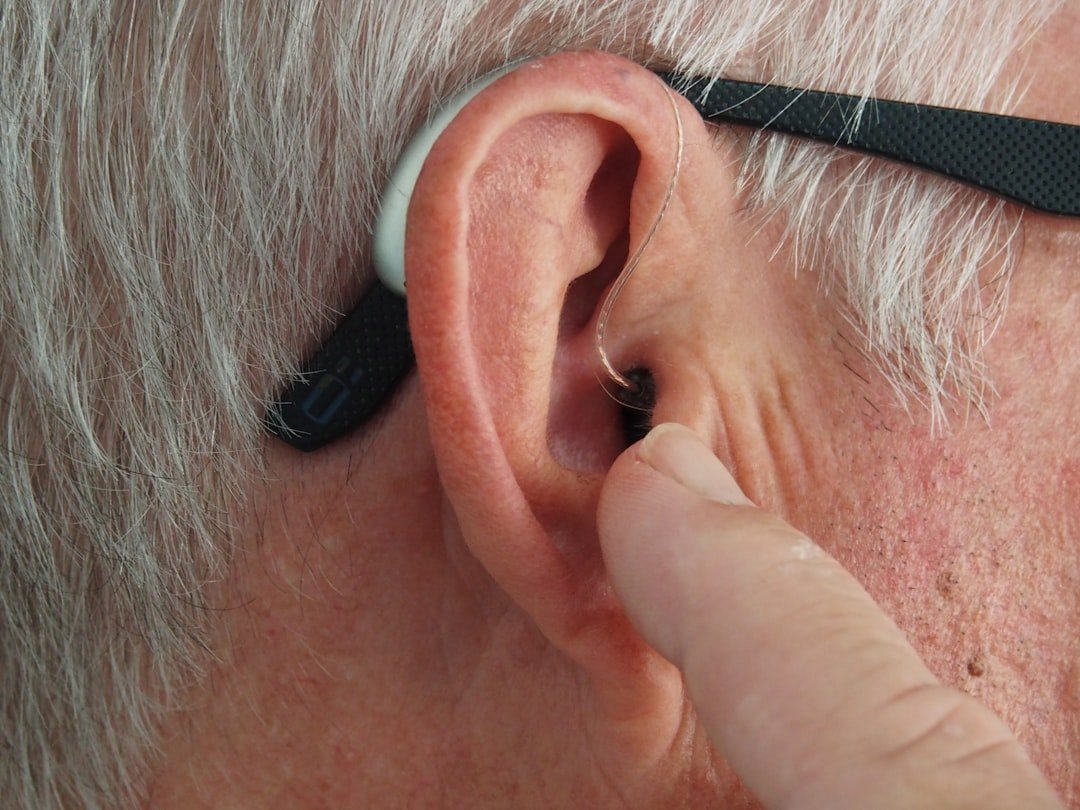The Effects of High decibel Levels: A Comprehensive Examination As urbanization and technological development create a noisier atmosphere, high decibel levels have grown in importance in contemporary society. The logarithmic unit of sound intensity is decibels (dB), where a tenfold increase in sound pressure corresponds to every 10 dB increase. It is easy for common noises, like traffic, construction, and loud music, to become uncomfortable and unhealthy for people. Comprehending the consequences of elevated decibel levels is essential for both individuals & communities, as it can guide improved procedures and regulations intended to mitigate noise pollution. Noise pollution is a major environmental risk factor that has been linked to a number of health problems by the World Health Organization (WHO).
Key Takeaways
- High decibel levels can have detrimental effects on health, hearing, psychology, communication, and the environment.
- Prolonged exposure to high decibel levels can lead to hearing loss, tinnitus, and other auditory issues.
- High decibel levels can cause stress, anxiety, and other psychological effects on individuals.
- Communication can be hindered by high decibel levels, leading to misunderstandings and difficulty in conveying information.
- High decibel levels can have negative impacts on the environment, affecting wildlife and ecosystems.
High decibel levels are becoming more common as cities and populations increase, so it is critical to address the causes and consequences of this phenomenon. The constant hum of machinery in industrial zones and the busy streets of cities are just two examples of how high decibel levels permeate daily life and are frequently ignored until they have a negative impact on one’s health. The effects of extended exposure to high decibel levels will be examined in this article, along with their effects on the environment, psychology, communication, hearing, and health. In addition to discomfort, prolonged exposure to high decibel levels can cause a host of other health problems.
According to research, prolonged exposure to noise levels higher than 70 dB can cause noticeable physiological stress reactions. People may have elevated blood pressure, elevated heart rates, and elevated levels of the stress hormone cortisol. These physiological alterations have the potential to exacerbate long-term health issues like anxiety disorders, heart disease, and sleep disorders over time. Both researchers and policymakers are becoming increasingly concerned about the cumulative impact of noise pollution on public health.
Also, the effects of high decibel levels extend beyond physical health to include mental health. Research has shown that people who live in noisy areas experience higher levels of anxiety and stress. A lower general quality of life and irritability may result from the continuous deluge of noise.
| Decibel Level | Impact |
|---|---|
| 60-70 dB | Normal conversation |
| 85 dB | Heavy traffic |
| 100 dB | Concerts, sporting events |
| 120 dB | Prolonged exposure may cause hearing damage |
| 140 dB | Jet engine at takeoff |
Younger adults’ bodies may be better equipped to handle stressors than those of children and the elderly, making them especially susceptible to these effects. In order to create healthier communities and raise public awareness of noise pollution, it is essential to comprehend the negative health effects of high decibel levels. Deterioration of hearing is one of the most obvious effects of high decibel levels. The human ear can only process sounds within a specific range, but over time, exposure to sounds louder than 85 dB can cause irreversible harm.
Millions of people worldwide suffer from noise-induced hearing loss (NIHL), which is a common symptom of this damage. Both the duration & the intensity of exposure raise the risk; for example, a brief exposure to sounds at 120 dB, like fireworks or gunshots, can result in immediate harm. Those who work in noisy environments are not the only people who may experience hearing loss from high decibel levels; people who enjoy loud activities like concerts or loud personal audio devices may also be at risk. Because younger people may not be aware of the risks associated with prolonged high-volume listening, the prevalence of earbuds and headphones has increased the number of NIHL cases among this demographic. As the value of protecting one’s hearing increases, it is more crucial than ever for people to adopt safe listening habits and for communities to support noise reduction initiatives. High decibel levels have significant psychological effects that are frequently disregarded.
Anxiety, depression, & irritability are just a few of the symptoms that can result from prolonged exposure to noise. The continuous presence of loud noises can make the surroundings seem disorganized and overwhelming, which makes it hard for people to focus or unwind. The effects of this psychological strain on interpersonal relationships and general mental health may be profound. Studies have also indicated that children who are exposed to high noise levels may struggle academically and cognitively. Persistent noise can distract them, making it difficult for them to concentrate or properly process information. Similar consequences may result in adults being less productive in noisy workplaces.
It is imperative to put policies in place that lessen these impacts and support mental health in noisy settings as society grows more conscious of the psychological effects of noise pollution. Excessive decibel levels can seriously impair clear communication, erecting obstacles that impact social and professional settings alike. When background noise gets too loud, it becomes difficult for people to hear each other clearly, which can cause frustration & misunderstandings. This problem is especially noticeable in places where cooperation and learning depend on effective communication, like restaurants, workplaces, and classrooms.
Also, the effects on communication can influence social dynamics in addition to auditory difficulties. Those who are exposed to excessive noise may become less likely to participate in group activities or have conversations. Over time, social isolation & a decline in community cohesion may result from this reluctance. Therefore, reducing high decibel levels involves more than just safeguarding hearing; it also entails creating settings that promote social interaction & efficient communication.
When talking about noise pollution, it’s important to consider the effects that high decibel levels have on the environment. Animal behavior and communication patterns may be impacted by loud noises that disturb nearby wildlife habitats. Because many species depend on sound for predator detection, navigation, and mating calls, higher noise levels can cause disorientation and lower survival rates. According to research, for example, birds may decide not to nest in places with a lot of traffic noise, which could result in population declines. Also, by disrupting the equilibrium of ecosystems, high decibel levels lead to a wider deterioration of the environment.
Noise pollution has the potential to change predator-prey dynamics and interfere with migration patterns when it enters natural habitats. Effective noise control is becoming more & more necessary as cities grow into formerly uninhabited areas. Communities can endeavor to put policies in place that safeguard biodiversity and human health by acknowledging the negative effects that high decibel levels have on the environment.
Many regulatory measures have been established at the local, national, and international levels in response to the growing concerns surrounding high decibel levels. The necessity of noise control laws to lessen the damaging impacts of noise pollution on the environment and public health has been acknowledged by governments. These rules frequently include establishing acceptable noise levels for various areas, such as residential, commercial, and industrial, and imposing sanctions for infractions. Also, a lot of cities have put in place noise abatement initiatives that lessen the amount of noise coming from sources like roads and railroads.
To lessen the impact of noise on nearby communities, these programs might make use of sound barriers or quieter technology. Moreover, public awareness initiatives are essential for informing the public about the value of noise reduction and motivating them to live more quietly. Protecting oneself from loud noises necessitates a multifaceted strategy that blends individual accountability with group efforts. By wearing earplugs or noise-canceling headphones when in noisy situations, people can take preventative measures. Limiting the amount of time spent in noisy environments, such as construction sites or concerts, can also greatly lower the chance of hearing impairment. Communities can support laws that encourage more subdued urban planning & development methods on a larger scale.
This can entail enacting stronger laws governing industrial noise emissions or developing green areas that act as sound buffers. Campaigns for public education can also increase understanding of the value of lowering noise pollution and motivate group efforts to create more peaceful living spaces. To sum up, excessive noise levels present serious problems that go beyond simple irritation; they affect communication, psychology, hearing, health, and the environment. The negative effects of noise pollution can be lessened and everyone’s living conditions can be improved by society recognizing these effects & taking proactive steps at the individual and community levels.



